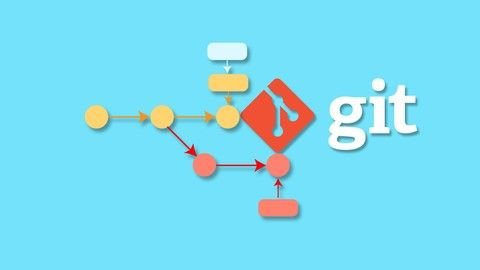Login to leave a comment.

You write code. You break code. You fix code.
But do you track your code like a pro?
Whether you're solo-building or deep in team chaos, Git isn’t just a tool — it’s your version control superpower.
🧠What is Version Control?
Version Control is a system that tracks and manages changes to your codebase over time, enabling multiple people to collaborate, revert mistakes, and maintain a history.
🔍Why Use Version Control?
- Tracks every change: Maintains the history of who edited what, when.
- Enables collaboration: Multiple developers can work simultaneously without overwriting the team’s code.
- Provides backups: Revert to previous versions if something breaks.
🛠️Types of Version Control Systems
Centralized (e.g., SVN): Single central repository.
Distributed (e.g., Git): Every user has a full copy of the repository.
Git is a distributed version control system known for its speed, flexibility, and popularity in modern software development.
⚙️ Git vs GitHub: Know the Difference
|
Git |
GitHub |
|
Version control tool (installed locally) |
Online hosting service for Git repositories |
|
Works offline |
Requires internet to push/pull |
|
You track changes locally |
You share code and collaborate with others |
🧰 Basic Git Workflow: Your First Version Control Flow
- Initialize a repo
git init
- Check file status
git status
- Track a file
git add filename
git add .
- Commit changes
git commit -m "Add login page"
- Connect to GitHub
git remote add origin <repo-url>
git push -u origin main
What is GitHub?
GitHub is a platform for hosting Git repositories, collaborating with teams, and managing projects. It adds features like pull requests, issues, and CI/CD integration.
🌐 GitHub Basics: Working with Remotes
|
Action |
Command |
|
Clone a repo |
git clone <url> |
|
Push changes |
git push origin branch-name |
|
Pull updates |
git pull origin branch-name |
|
Create branch |
git checkout -b feature-x |
|
Switch branch |
git checkout branch-name |
💡Collaborating with GitHub
Branching
Branches allow parallel development without affecting the main codebase.
- Create a branch:
git branch feature-branch
git checkout feature-branch
· Push branch to GitHub:
git push origin feature-branch
🔄Pull Requests (PRs)
PRs let you propose and review changes before merging.
- On GitHub, create a PR from feature-branch to main.
- Add reviewers, discuss changes, and merge when approved.
Forking and Contributing
- Fork: Copy a repository to your GitHub account.
- Clone, make changes, and submit a PR to the original repository.
Tip: Always pull the latest changes before starting work:
- git pull origin main
0 comments
No comments yet. Be the first to comment!